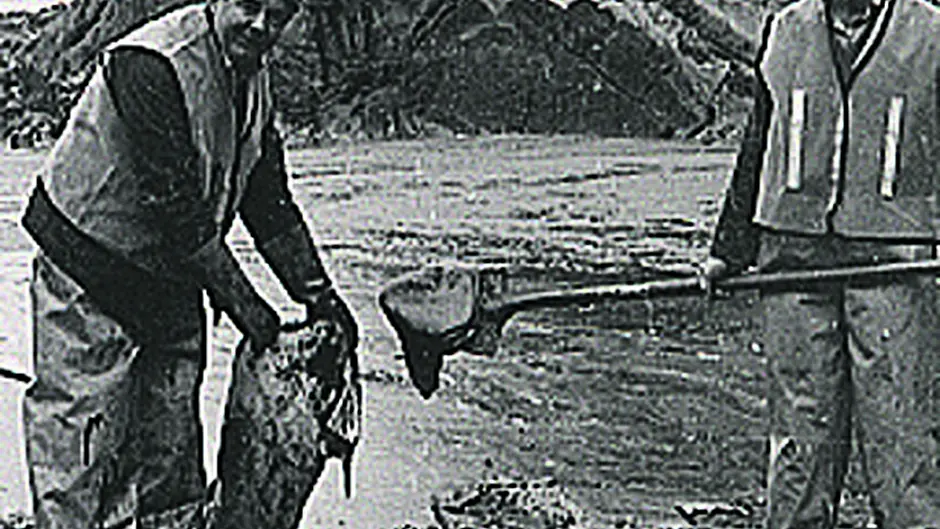THERE were 2,000 tonnes of fuel oil and diesel seeping from the Kowloon Bridge as it settled on the seabed just off Toe Head at the rocky Stags in November 1986.
THERE were 2,000 tonnes of fuel oil and diesel seeping from the Kowloon Bridge as it settled on the seabed just off Toe Head at the rocky Stags in November 1986.
Soon an oily slick appeared, heading for the harbours, inlets, fishing grounds and beaches along the West Cork coastline.
‘There was an oil slick that stretched from Waterford in the east to Dingle in the west,’ remembered Rory Jackson, who was a member of the Irish Coast Guard then.
‘When the Kowloon Bridge hit the rocks just off the Stags, I don’t think anyone gave a thought to the possible environmental problems. It was only as the black oil began to wash up on the beaches and we saw oil-covered dying seabirds struggling along the coastline that the full extent of the damage became visible.’
‘I lived in Rineen at the time, and I remember the smell of diesel which came in on the tide and seemed to penetrate every home,’ fisherman Colin Barnes said. ‘The smell was still there over two weeks later.’
Cork County Council put their teams to work immediately, an effort that cost over £500,000 at the time. While the clean-up attempt got underway at the popular beaches of Owenahincha and Traguma, many dead seabirds were being washed up too. Oil-covered seaweed was strewn about, and in some areas, each tide brought more and more oil. ‘We set up a sort of wildlife sanctuary where people would bring us oil-covered seabirds, and we would do what we could for them,’ said Rory.
‘But there was a lot of damage done to the fishing industry. The herring spawning grounds are still recovering.’
Thirty years on, the Kowloon Bridge has become something of a local tourist attraction. The ship has formed the biggest diveable wreck in the world, as well as becoming a new reef which provides shelter and food for marine life.
BRIAN MOORE







